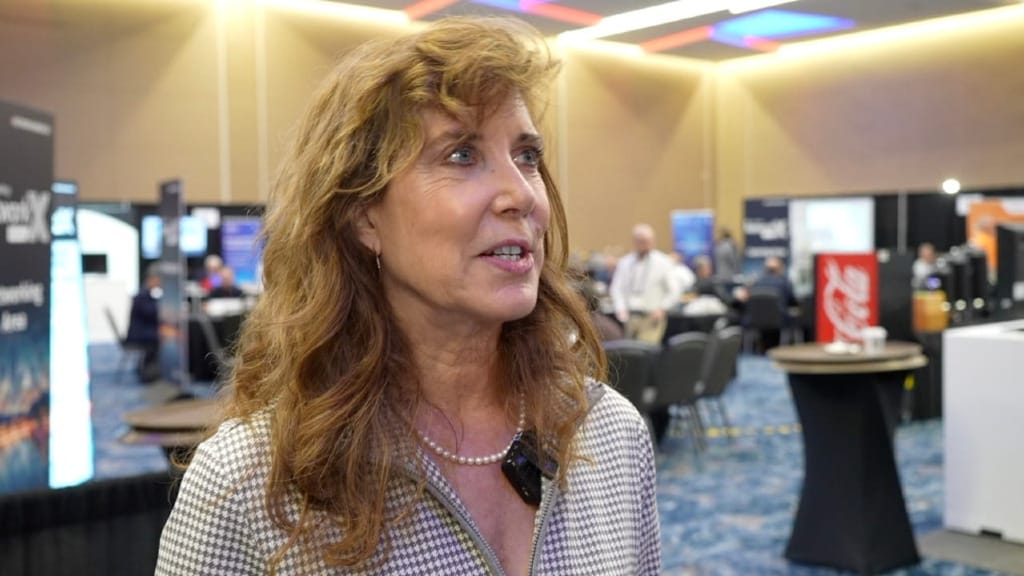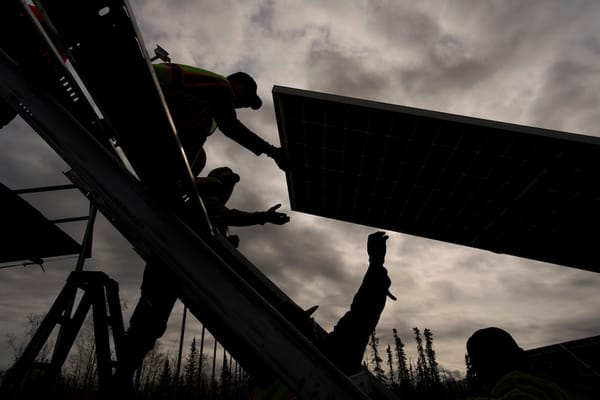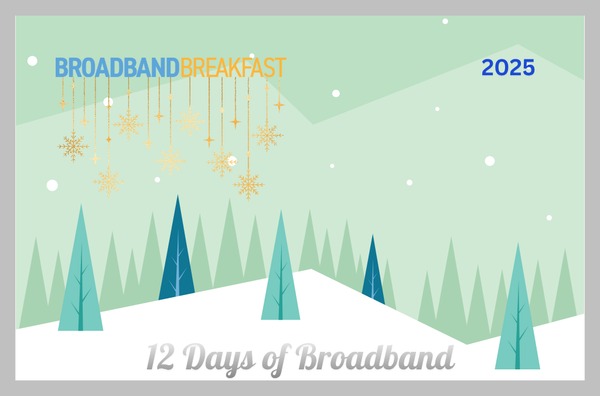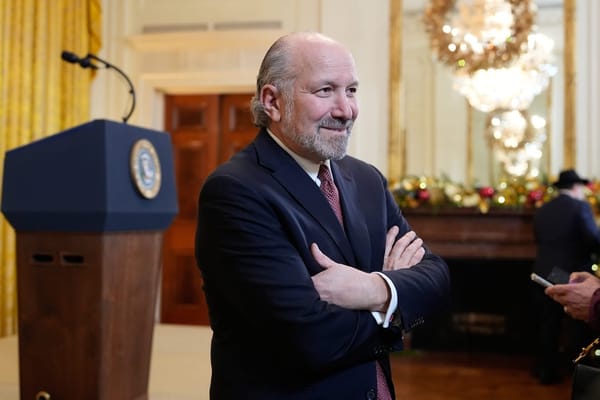NTCA Report Finds Middle Mile Costs Dropping for Rural Providers
High last-mile deployment costs, permitting delays, and inflationary pressures continue to hamper rural broadband expansion.
Jericho Casper

WASHINGTON, Jan. 6, 2025 – Reports that broadband costs always seem to rise don’t necessarily tell the full story.
Take the middle-mile – a critical link between local networks and the global internet – where rural broadband providers are experiencing substantial cost reductions, according to a report released Jan. 2 from NTCA – The Rural Broadband Association.
The findings come from the trade group's 2024 Broadband/Internet Availability Survey Report, which gathered responses from 228 NTCA member companies (41%) serving some of the most rural parts of the United States.
According to the survey, middle-mile bandwidth costs have plummeted, averaging $473 per gigabyte in 2024, a dramatic reduction from $798 in 2023 and $2,129 in 2019.
The report attributed these cost savings to growing efficiencies, increased competition among middle-mile providers, and federal funding programs that have supported infrastructure expansion.
At the same time, middle-mile bandwidth subscriptions among NTCA members have quadrupled over the past five years. Providers now subscribe to an average of 118 GB in 2024, compared to 63 GB in 2023 and just 25 GB in 2019 – reflecting increasing demands for higher-capacity networks as rural communities adopt data-intensive applications for remote work, telemedicine, and online education.
“Our Broadband/Internet Availability Survey underscores that not only did providers continue to offer better broadband services in 2024, but also that rural consumers are making use of these more capable services in greater numbers,” said NTCA CEO Shirley Bloomfield.
According to the report, 88.6% of rural customers served by NTCA members can now access broadband speeds of at least 100 Megabits per second, up from 84% in 2023. And, gigabit speeds are now available to 76.4% of rural customers, up from 45.1% in 2020.
The report attributed this growth to a steady shift to fiber-to-the-premises technology, which now serves 85.8% of serviceable locations, up from 83.5% the previous year. Meanwhile, reliance on aging technologies like copper continued to decline, serving only 12.9% of locations compared to 15.2% in 2023.
Anchor institutions, including schools, libraries, hospitals, and public safety facilities, were also seeing greater fiber connectivity. The survey report found that 87.3% of 911 call centers, 88% of hospitals and medical clinics, and 85.8% of public libraries were now connected via fiber.
Despite these gains, NTCA’s members face persistent challenges. High deployment costs in the last-mile remain the primary obstacle, cited by 90.7% of respondents. Other barriers include permitting delays (42.4%), inflationary pressures (44.8%), and emerging issues like railroad crossing permits (33.1%). While supply chain issues have eased, with only 14.5% reporting delays, workforce shortages continue to slow the pace of deployment.
“As we look toward the future, it is critical that these efforts to deliver affordable, reliable broadband, and the foundation that supports them — the Universal Service Fund — will be sustained so that rural consumers, businesses, schools and health care providers have the connectivity they need,” Bloomfield said.










Member discussion